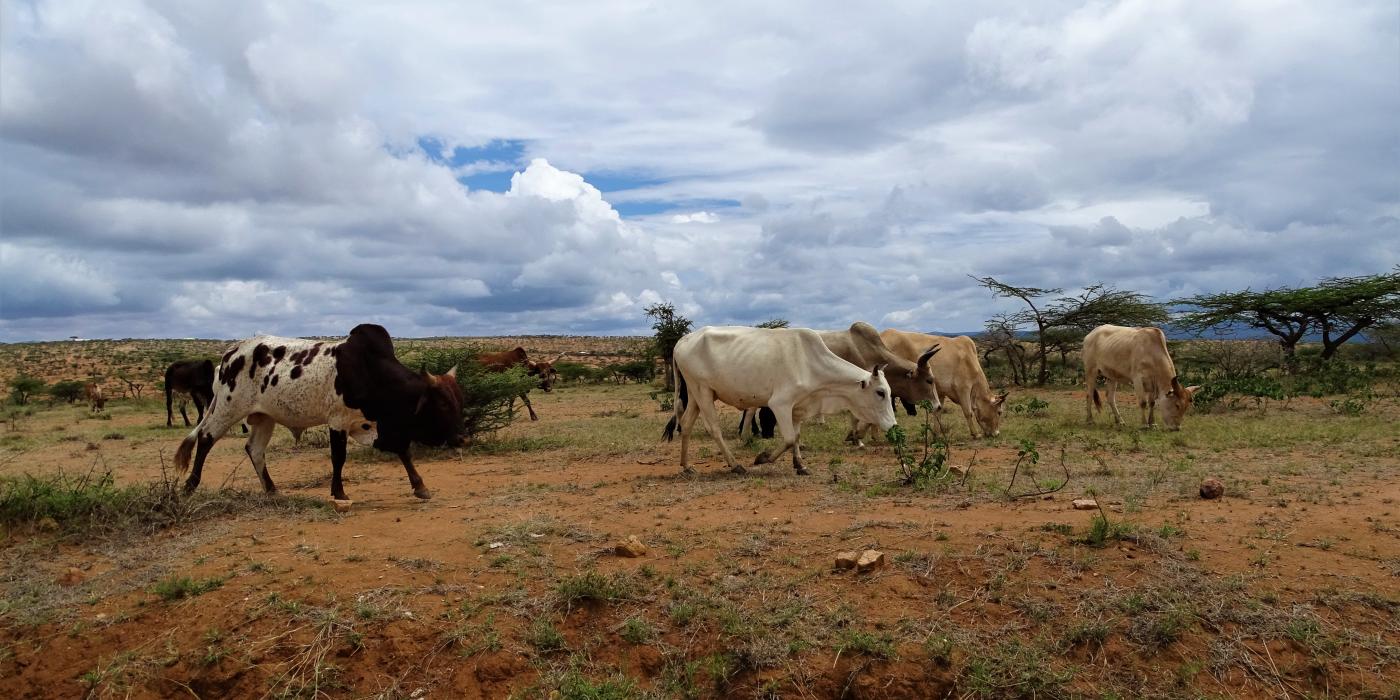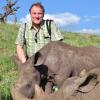Studying Large Herbivores Across Laikipia Rangelands in Kenya
Conservation Ecology Center scientists are studying wildlife across a mosaic of private and communal lands in central Kenya where wild animals coexist with people and domesticated animals. The goal of the project is to understand the conditions needed to ensure that both wildlife and people can thrive in this ecosystem, with a recognition that most formal protected areas are far too small to meet the space use needs of most large animals and thus, designating other land uses for conservation is crucial. This is especially true during periods of drought when wild animals and pastoralists with their livestock need to move large distances to find food and water.
Laikipia County, Kenya, is known to support a wide diversity and abundance of wildlife. Species include elephants, reticulated giraffes, Grevy’s zebras, lions, and wild dogs. Many of these species, however, are in rapid decline due to habitat degradation, competition with livestock for food and water, and an increase in fencing that limits the ability of wildlife to move freely across the landscape.
Using data from aerial surveys (counting animals from planes), Smithsonian scientists can use mathematical equations to study how livestock and wild animals use the landscape. They then evaluate trends in herbivore richness (how many species in any given place) across the region for the past 20 years.
As scientists expected, lands that remain wild support the wild species more than land that is used primarily for livestock and agriculture. But areas where traditional pastoralist people and their livestock live can also support wildlife communities when livestock numbers are moderately low.
Smithsonian researchers are also using the data collected from the aerial surveys to identify critical areas to facilitate movement of species across the region, with a goal of balancing the needs of wildlife with those of humans.
This study was conducted in collaboration with many Kenya researchers, conservancies and institutions, including the Directorate of Resource Surveys and Remote Sensing, Space for Giants, Princeton University, and the Giraffe Conservation Foundation, who lent their expertise and provided access to datasets across the region. This work was made possible thanks to generous support from Smithsonian’s Movement of Life Initiative, the Breakefield Critical Conservation Fund, and the Mpala Wildlife Foundation.














